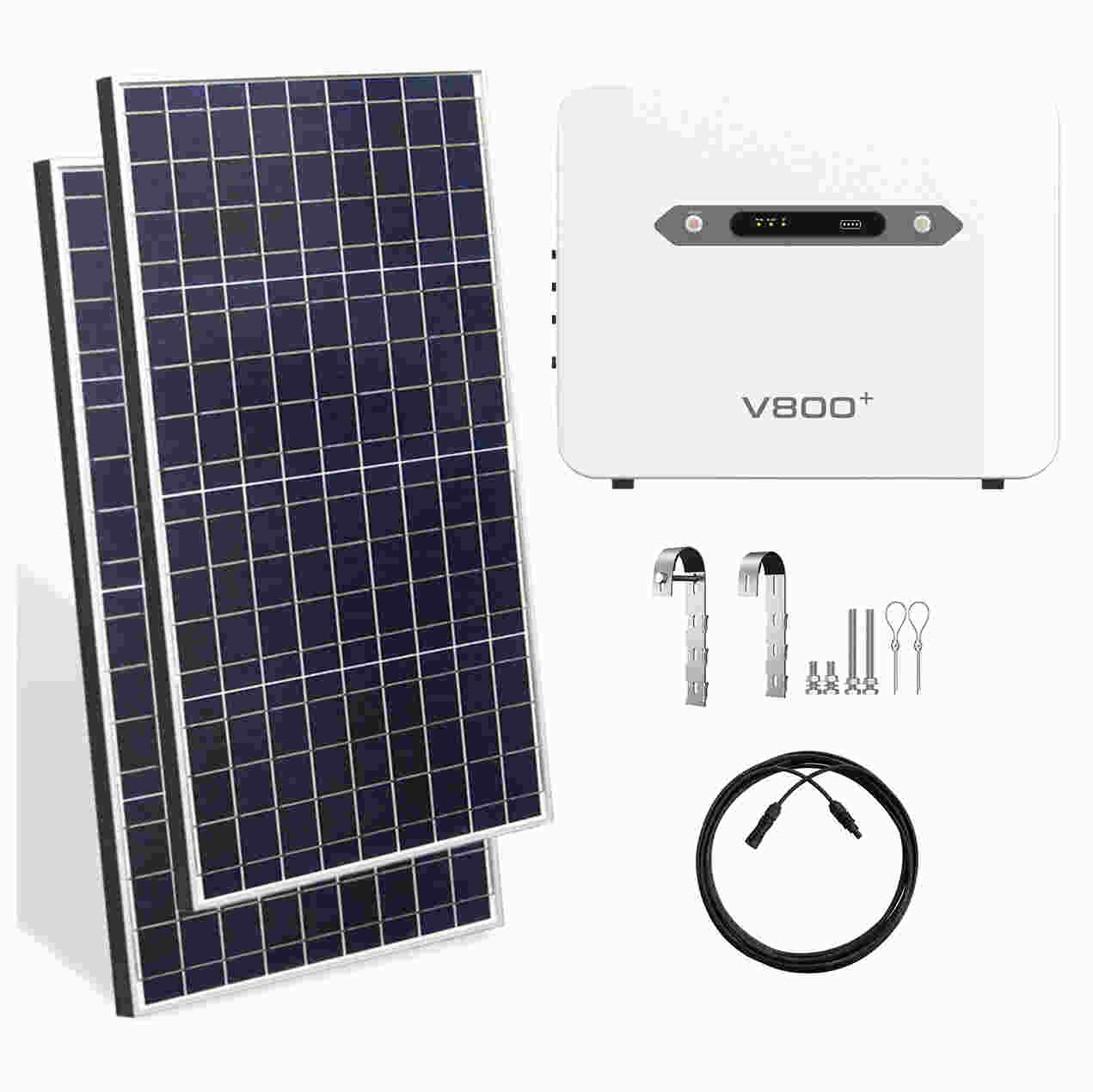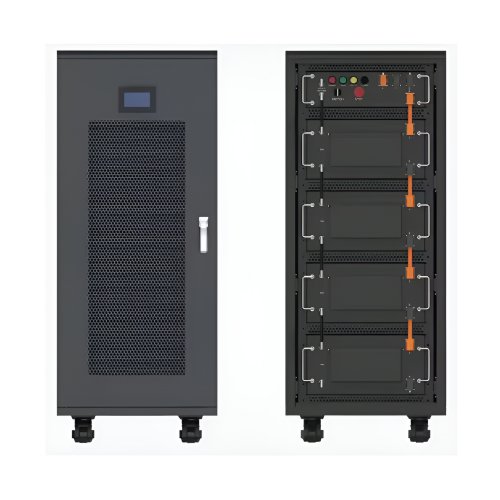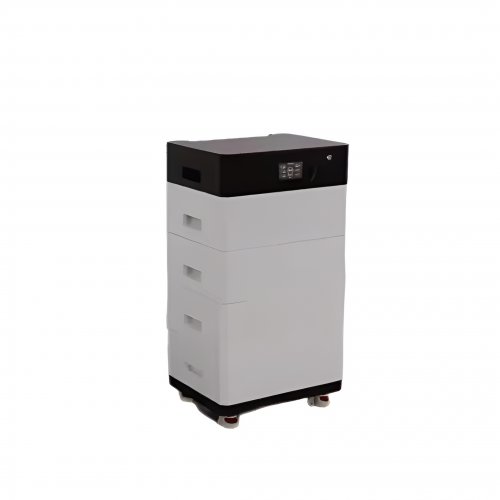Lfp Battery Performance Review: Uncompromising Longevity And Enhanced Safety
The quest for efficient, durable, and safe energy storage has long been a central challenge in consumer electronics and electric vehicles. While various lithium-ion chemistries have dominated the landscape, Lithium Iron Phosphate (LFP) technology has surged in popularity, moving from niche applications to mainstream products. This review delves into the performance of LFP batteries, analyzing their core functionality, advantages, drawbacks, and real-world usability based on their implementation in modern devices like the Tesla Model 3 Standard Range, certain power walls, and a growing number of solar generators and premium electronics.
Core Functionality and Technology
At its heart, an LFP battery is a type of lithium-ion battery that uses lithium iron phosphate (LiFePO₄) as the cathode material, paired with a graphite anode. This chemistry is fundamentally different from the more common Nickel Manganese Cobalt (NMC) or Nickel Cobalt Aluminum (NCA) batteries. The key distinction lies in the structural stability of the lithium iron phosphate crystal, which offers inherent safety and longevity benefits. The primary function remains the same: to store electrical energy and release it efficiently to power a device. However, the LFP chemistry operates at a slightly lower nominal voltage (3.2V vs. 3.7V for NMC), which influences overall energy density and system design.
Advantages: The Compelling Case for LFP
The benefits of LFP technology are significant and address some of the most critical pain points of other battery types.
1. Exceptional Cycle Life: This is arguably the most celebrated advantage. LFP batteries can withstand a vastly greater number of charge-discharge cycles before significant degradation occurs. Where a typical NMC battery might be rated for 500-1000 full cycles to 80% capacity, LFP batteries are routinely rated for 3000-5000 cycles, and often more. This translates to years, even decades, of reliable service, making them ideal for applications where long-term value is paramount.
2. Superior Thermal and Chemical Stability: The strong phosphorus-oxygen bond in the cathode material makes LFP batteries highly resistant to thermal runaway—the phenomenon that can lead to fires or explosions in other lithium-ion cells. They can withstand higher temperatures without decomposing, drastically reducing the risk of combustion. This inherent safety allows for simpler and less expensive battery management systems (BMS) in terms of cooling requirements.
3. Full State of Charge Tolerance: Unlike NMC batteries, which are stressed by being consistently charged to 100%, LFP chemistry suffers minimal degradation from being kept at a full charge. For an EV owner, this means they can plug in and charge to 100% daily without worrying about accelerated battery wear. This eliminates range anxiety for daily commuting, as the full available range is always on tap.
4. Cost-Effectiveness and Sustainability: LFP batteries do not use expensive and scarce metals like cobalt and nickel. The use of abundant iron and phosphate makes them cheaper to produce and more environmentally friendly from a sourcing perspective.
Disadvantages and Trade-offs
No technology is perfect, and LFP comes with its own set of compromises.
1. Lower Energy Density: The most significant trade-off is lower volumetric and gravimetric energy density. This means that for the same physical space or weight, an LFP battery stores less energy than a comparable NMC battery. In practical terms, an LFP-powered EV might be heavier or have a slightly shorter range than an NMC-equipped counterpart of similar size.
2. Cold Weather Performance: LFP batteries are more susceptible to performance degradation in cold temperatures. Their ability to accept a charge, particularly DC fast charging, is noticeably reduced in freezing conditions. This requires sophisticated BMS software to pre-condition the battery, which consumes additional energy and can slow down the charging process in winter.
3. Lower Nominal Voltage: The lower cell voltage requires more cells connected in series to achieve the same pack voltage as an NMC pack, which can slightly increase complexity.
Real-World Usage Experience
In daily use, the advantages of LFP batteries become vividly clear. In an electric vehicle, the ability to regularly charge to 100% without guilt is a game-changer for user behavior. The driving experience is identical, but the peace of mind regarding long-term battery health is profound. Over months and years, the State of Health (SOH) metric in an LFP car will degrade at a much slower rate than in an NMC vehicle.
For home energy storage systems (e.g., Tesla Powerwall, Generac PWRcell), the LFP chemistry is arguably the ideal choice. The incredible cycle life means the unit is designed to last through daily cycling for the entire lifespan of the solar installation. The enhanced safety is a critical benefit for a device installed on a home's wall or in a garage.
The primary real-world challenge manifests in winter. EV owners in colder climates will observe a reduction in regenerative braking availability at the start of a drive and will need to plan for longer charging times at DC fast chargers unless the vehicle's navigation system proactively pre-heats the battery. This is a manageable inconvenience but a noticeable one compared to NMC's more robust cold-weather charging.
Conclusion
LFP battery performance represents a paradigm shift in energy storage priorities. It trades the peak energy density of NMC chemistry for unparalleled longevity, exceptional safety, and user-friendly charging habits. It is not the right solution for every application—where maximum range in the smallest possible package is the absolute priority, NMC still holds an edge. However, for the vast majority of consumers seeking a dependable, long-lasting, and safe battery for their electric car, home, or electronic device, LFP technology offers a compelling and arguably superior value proposition. It is a technology built not for flashy specs, but for real-world reliability and sustainability over the long haul.
Customized/OEM/ODM Service
HomSolar Supports Lifepo4 battery pack customization/OEM/ODM service, welcome to contact us and tell us your needs.


HomSolar: Your One-stop LiFePO4 Battery Pack & ESS Solution Manufacturer
Our line of LiFePO4 (LFP) batteries offer a solution to demanding applications that require a lighter weight, longer life, and higher capacity battery. Features include advanced battery management systems (BMS), Bluetooth® communication and active intelligent monitoring.

Customised Lithium Iron Phosphate Battery Casing
ABS plastic housing, aluminium housing, stainless steel housing and iron housing are available, and can also be designed and customised according to your needs.

HomSolar Smart BMS
Intelligent Battery Management System for HomSolar Energy Storage System. Bluetooth, temperature sensor, LCD display, CAN interface, UART interface also available.


Terminals & Plugs Can Be Customized
A wide range of terminals and plugs can be customised to suit the application needs of your battery products.

Well-designed Solutions for Energy Storage Systems
We will design the perfect energy storage system solution according to your needs, so that you can easily solve the specific industry applications of battery products.



About Our Battery Cells
Our energy storage system products use brand new grade A LiFePO4 cells with a battery lifespan of more than 4,000 charge/discharge cycles.



Applications in Different Industries
We supply customized & OEM battery pack, assemble cells with wiring, fuse and plastic cover, all the cell wires connected to PCB plug or built BMS.
Applications: E-bike, Electric Scooter, Golf Carts, RV, Electric Wheelchair, Electric Tools, Robot Cleaner, Robot Sweeper, Solar Energy Storage System, Emergency Light, Solar Power Light, Medical Equipment, UPS Backup Power Supply.
We can provide you with customized services. We have the ability to provide a vertical supply chain, from single cells to pack/module and to a complete power solution with BMS, etc.


HomSolar (Shenzhen) Technology Co., Ltd
























